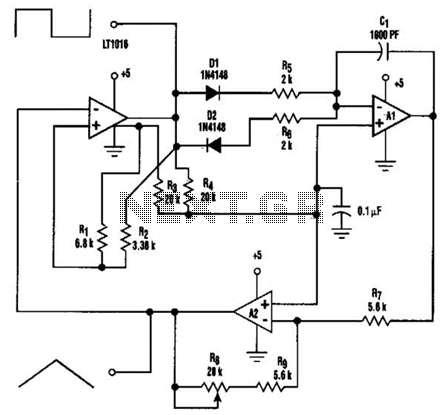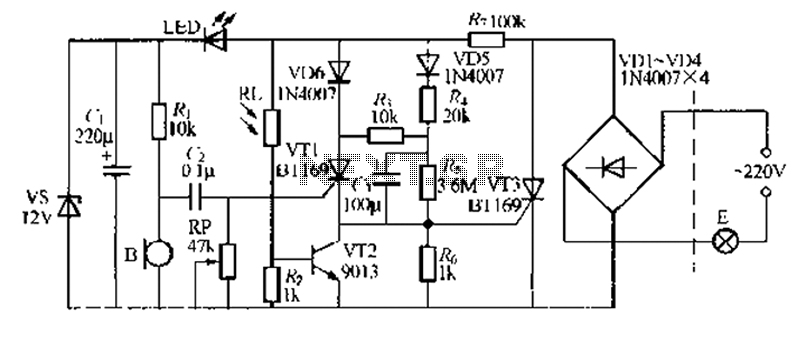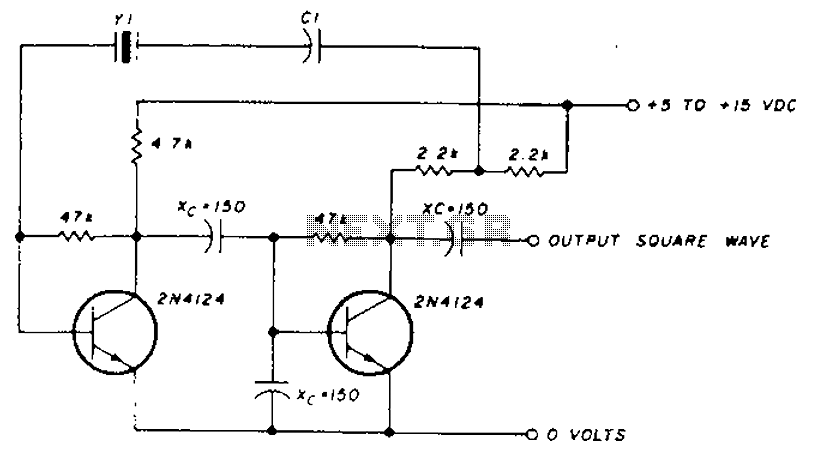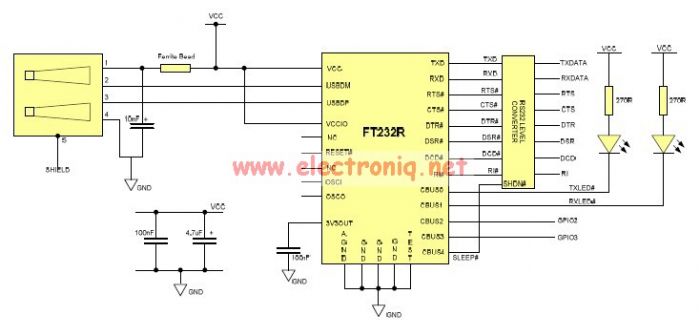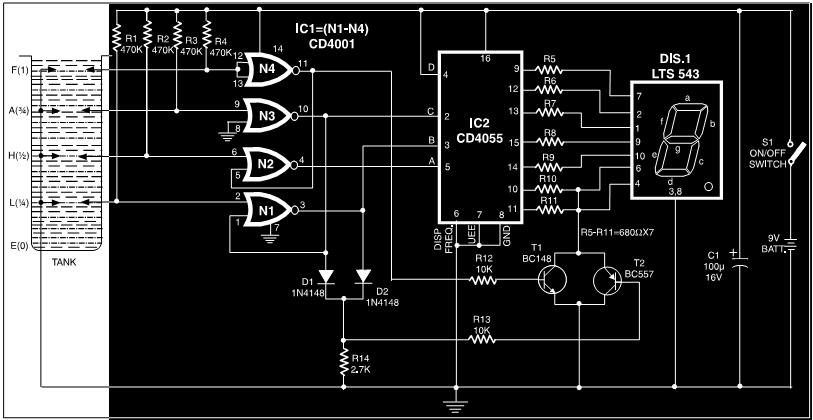
Digital integrated circuits using CMOS circuit Responder
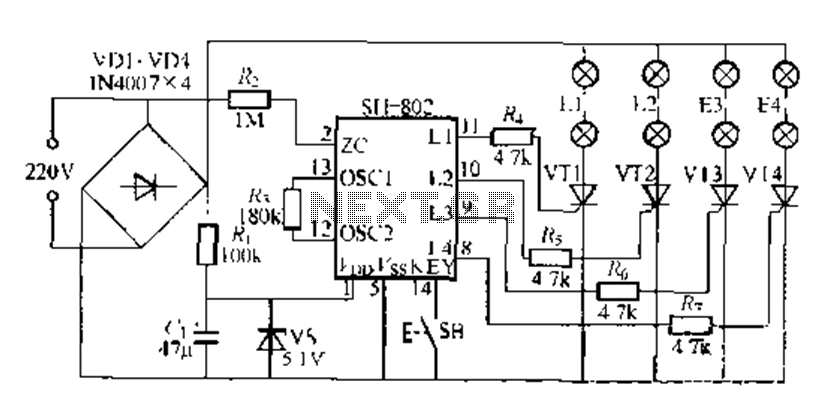
A digital integrated circuit simplifies the response process significantly. The diagram illustrates a circuit comprising four responder groups.
The digital integrated circuit described serves as a crucial component in various electronic systems, primarily focusing on enhancing response efficiency. It comprises four distinct responder groups, each designed to perform specific functions within the overall circuit architecture.
The responder groups may be configured to handle different input signals, process these signals, and provide outputs that can be utilized for further actions within the system. Each group typically includes a combination of logic gates, flip-flops, and multiplexers, which work together to ensure accurate and timely responses to input changes.
In the schematic, each responder group can be visualized as a modular unit, allowing for flexibility in design and scalability. The interconnections between these groups are critical, often involving bus systems or dedicated lines that facilitate communication and data transfer. The use of digital logic levels ensures that the circuit operates with high reliability and minimal noise interference.
Power supply considerations are also paramount in the design of such circuits. Each responder group may require a stable voltage source, often provided by a regulated power supply circuit integrated into the overall design. Additionally, decoupling capacitors are typically employed to filter out voltage spikes and maintain stability during operation.
Overall, this digital integrated circuit design exemplifies modern approaches to circuit simplification while maintaining functionality and performance, making it suitable for a wide range of applications in digital electronics.Digital integrated circuit enables the answer is greatly simplified. The picture shows four Responder group circuit.
The digital integrated circuit described serves as a crucial component in various electronic systems, primarily focusing on enhancing response efficiency. It comprises four distinct responder groups, each designed to perform specific functions within the overall circuit architecture.
The responder groups may be configured to handle different input signals, process these signals, and provide outputs that can be utilized for further actions within the system. Each group typically includes a combination of logic gates, flip-flops, and multiplexers, which work together to ensure accurate and timely responses to input changes.
In the schematic, each responder group can be visualized as a modular unit, allowing for flexibility in design and scalability. The interconnections between these groups are critical, often involving bus systems or dedicated lines that facilitate communication and data transfer. The use of digital logic levels ensures that the circuit operates with high reliability and minimal noise interference.
Power supply considerations are also paramount in the design of such circuits. Each responder group may require a stable voltage source, often provided by a regulated power supply circuit integrated into the overall design. Additionally, decoupling capacitors are typically employed to filter out voltage spikes and maintain stability during operation.
Overall, this digital integrated circuit design exemplifies modern approaches to circuit simplification while maintaining functionality and performance, making it suitable for a wide range of applications in digital electronics.Digital integrated circuit enables the answer is greatly simplified. The picture shows four Responder group circuit.
Warning: include(partials/cookie-banner.php): Failed to open stream: Permission denied in /var/www/html/nextgr/view-circuit.php on line 713
Warning: include(): Failed opening 'partials/cookie-banner.php' for inclusion (include_path='.:/usr/share/php') in /var/www/html/nextgr/view-circuit.php on line 713
